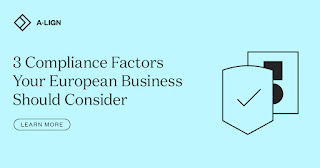HITRUST Assurance Advisory Adds Strategic Scoping Factors
Even though compliance is an on-going process, each individual assessment has its own lifecycle, which begins with a self-assessment of scoping factors. This can be a tedious process to complete for every audit, especially if the same questions get asked more than once, or continue to show up in assessment requirements. Fortunately, HITRUST has introduced a strategic approach to its scoping factors, which it announced in its Assurance Advisory: 2020-003. HITRUST made multiple changes to its scoping factors, streamlining the audit process by mapping scoping factor questions to assessment requirements – eliminating unrelated requirements. The scoping factor now includes additional context to questions to avoid the typical back-and-forth that could occur during QA of the assessment. This Assurance Advisory is set to minimize unrelated requirements when a scoping factor is marked “no” and to curtail the constant flow of “this is not applicable because…” responses currently captured in HIT

